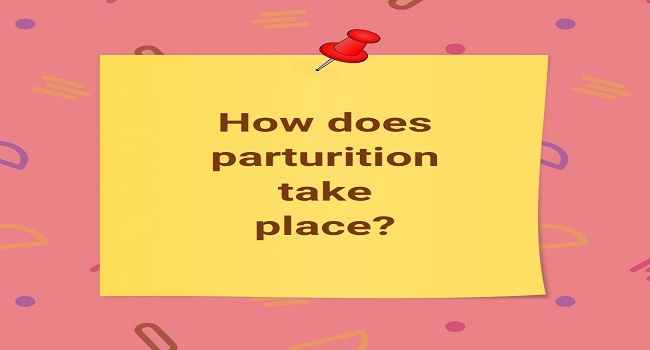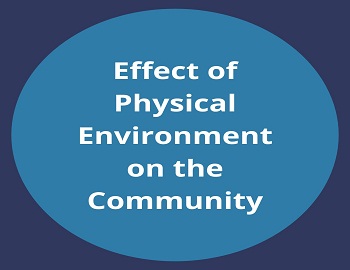Parturition:

It is the process of expulsion of a foetus from the uterus. Normally, the gestation period (time from conception to birth) in humans is about 270 days starting from the first day of the last menstrual period. Towards the end of pregnancy, the signals for parturition originate from the fully developed fetus and the placenta which induce mild uterine contractions called fetal ejection reflex. This raises the estrogen to progesterone ratio which elevates the secretion of oxytocin by the neurohypophysis. The oxytocin secretion increases the uterine contractability which subsequently progresses further within hours (Braxton-Hicks contractions) resulting in dilation of the cervix of the uterus. The head of the fetus now moves into the lower part of the abdominal cavity and further dilates the cervix. Once the labor contractions have been established, the reflex is initiated between the birth canal and the spinal cord, causing strong contraction of the abdominal muscles. Both uterine and abdominal musculature contractions tend to reinforce progressively by the positive feedback and every time each succeeding contraction becomes greater than the preceding one. Eventually, these strong contractions cause downward force on the fetus by distending the vagina (birth canal)and forcing the baby to expel through it, causing parturition. This process is called labor and the strong contractions resulting in final parturition are called labor contractions. In a nutshell, labor pain is divided into two phases: in the first stage of labor, the progressive dilation of the cervix occurs to occupy the head of the fetus. This stage lasts for 8 to 24 hours and contractions take place only once every 30 minutes. In the second stage of labor, the amnion ruptures and the amniotic fluid flows out through the vagina. The fetus’s head moves rapidly into the birth canal by the combined contractions of the uterine and abdominal muscle wall and finally, the fetus is delivered out. This stage normally lasts from 1 minute to 30 minutes.









Comments (No)